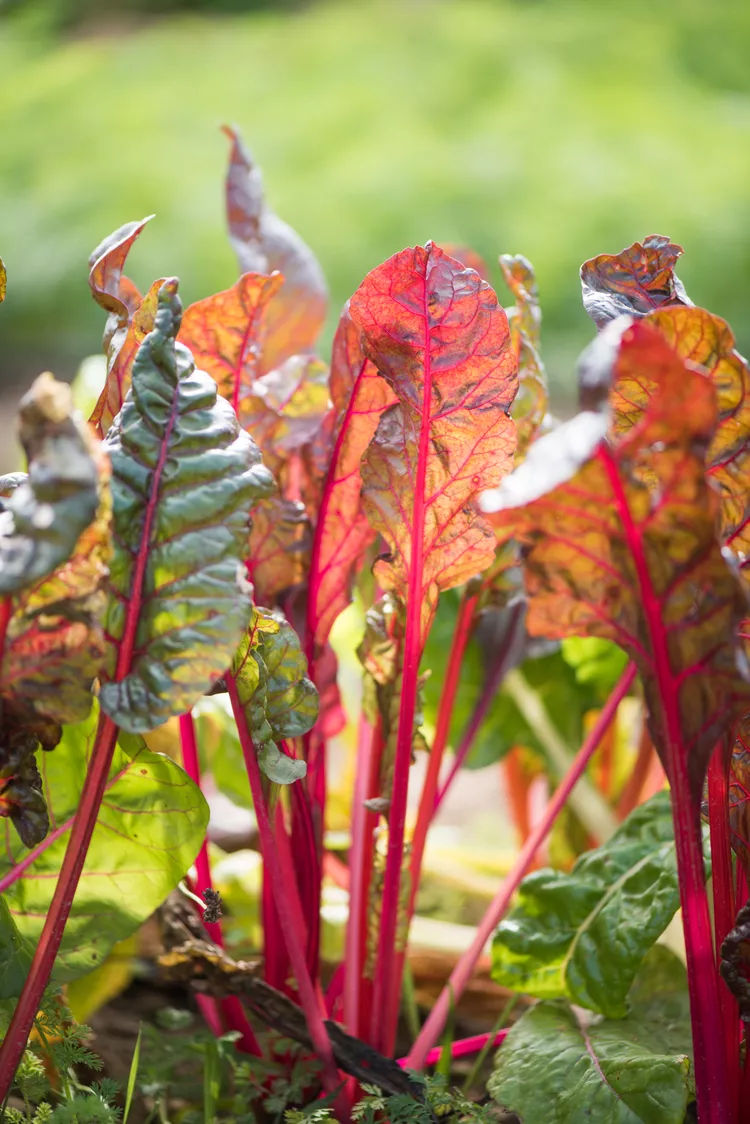Beets are not only delicious but also easy to cultivate in home gardens. If you’ve encountered pests or faced challenges growing them before, consider planting beet companion plants. These allies can deter pests and enhance your beet harvest, even in limited garden spaces. Here’s a guide to selecting the best beet companion plants and how to grow them effectively.
Best Beet Companion Plants
- Alliums
- Alliums such as garlic, onions, and chives are known for their strong scents, which naturally repel pests like aphids, slugs, and certain beetles. Interplanting alliums with your beets can protect them from these pests. Additionally, the scent of alliums may deter deer from grazing on your beet greens if planted on the garden perimeter.
Better Approach: Plant rows of garlic or onions around your beet patch to create a protective barrier against pests.
- Brassicas
- Brassicas like broccoli, cauliflower, and Brussels sprouts share similar growing requirements with beets, thriving in cool weather and moist soil conditions. Planting taller brassicas alongside beets allows for efficient use of garden space and supports intensive planting practices.
Better Approach: Sow beets beneath taller brassicas to maximize space and encourage healthy growth for both types of plants.
- Bush Beans
- Unlike pole beans, which can hinder beet root growth, bush beans are excellent companions for beets. They provide the right amount of nitrogen to the soil, promoting robust beet development without overshadowing smaller beet plants.
Better Approach: Plant bush beans near beets to enhance soil fertility and avoid competition for sunlight.
By strategically selecting and planting these companion species, you can effectively manage pests, improve soil health, and optimize your beet harvest in any size garden space. These companion planting strategies support organic gardening practices and contribute to a thriving vegetable garden.
